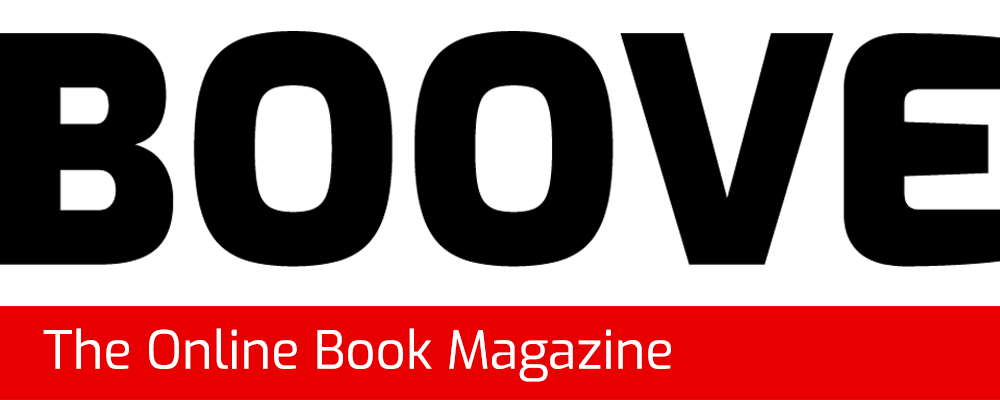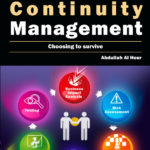Governance of Enterprise IT based on COBIT® 5 Summary:
A practical introduction to the key concepts of COBIT® 5, ideal for anyone involved in an implementation project, or studying for the COBIT® 5 Foundation exam
Covers the main frameworks and standards supporting the governance of enterprise IT (GEIT), putting the benefits of COBIT® 5 into context
Written by an experienced COBIT® trainer and practitioner, making the advice easier to follow and apply.
Governance of Enterprise IT based on COBIT® 5 Review:
Covers key frameworks and standards supporting the governance of enterprise IT (GEIT), putting the benefits of COBIT® 5 into context;
Written by an experienced COBIT® trainer and practitioner, making the advice easier to follow and apply;
A practical introduction to the key concepts of COBIT® 5, ideal for anyone involved in an implementation project, or studying for the COBIT® 5 Foundation exam
Enterprise IT Governance is about IT and its role within the enterprise. Implementation is a key factor for IT governance and IT auditing. This book does a great job amending the two together. This book is part of a workshop course entitled COBIT® 5 Enterprise IT Governance for IT Practitioners
As the title might suggest this book is about governance of enterprise IT. The full title is Governance of Enterprise IT Based on COBIT5
If you’re not familiar with COBIT, it’s a framework for IT governance that talks of trust, risk, control and compliance. The full name of this framework is Control Objectives for Information and related Technology.
What I like about this book is that it talks about IT and its position within the enterprise. This is a much needed topic and one that you will never hear the CIO talk about at a user group meeting. Yet, without this information, it would be hard to implement anything.
I really liked that this book takes the time to cover IT audit in detail. This is a critical piece of IT governance because it ensures that the enterprise controls IT as it is supposed to be doing.
What I did not like was the book. It is filled with graphics and images, talking about areas that you don’t understand. You have to keep an eye out for the important bits. For example: who has time to read all those agenda items?
However, this is IT governance, and I get the feeling that it IS filled with this sort of information. I just thought I’d warn you in case you were expecting a good story.
There are two sections to this book. The first section discusses relevant philosophy about IT. It discusses how you need to look beyond the resources you control and look at the enterprise as a whole. It discusses how IT can actually make or break the enterprise by controlling or breaking it.
The second part covers the major frameworks and standards supporting IT governance. It discusses IT governance and audit, change management, IT architecture, IT service management, business continuity management, and quality management. And of course, the final part is on COBIT.
The thing I liked about the COBIT section was it discusses COBIT itself and its relevance IT Governance. It discussed the major components of COBIT (Governance, Planning, Service Delivery, Control, Application Management, Operations Management, and Security and Audit).
The thing I did not like about the COBIT section was that the book assumed that you already know about IT and IT audit. The middle sections did not give the deeper information that you would want. For instance, it only showed the high level steps of the ISIM (IT Service Management) model, and any time you wanted to know more, you would have to search for it.
In general, I liked this book. It was very informative when it talked about IT governance, and I think it will be of value to anyone attempting the COBIT 5 Foundation exam.



